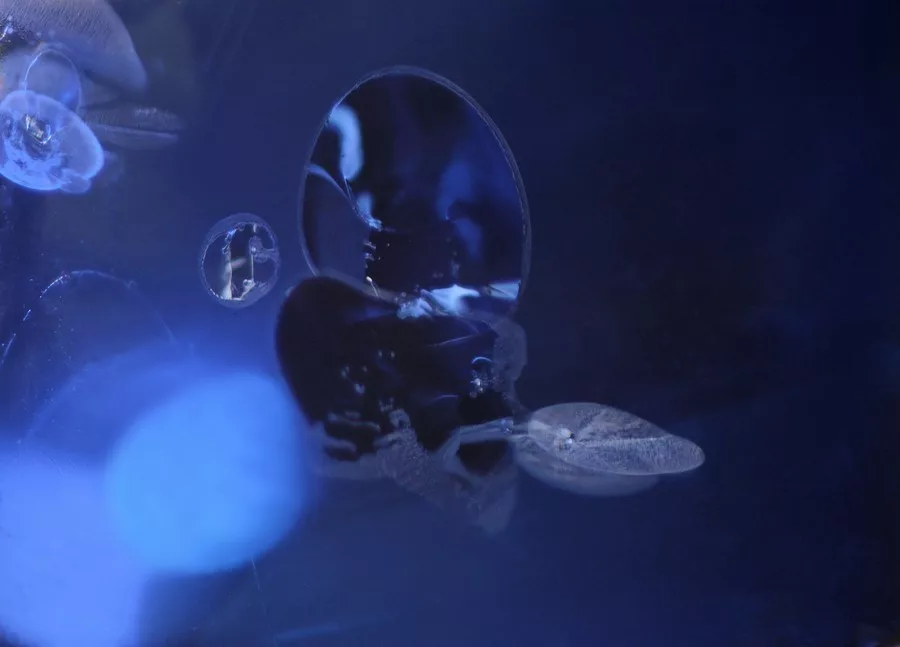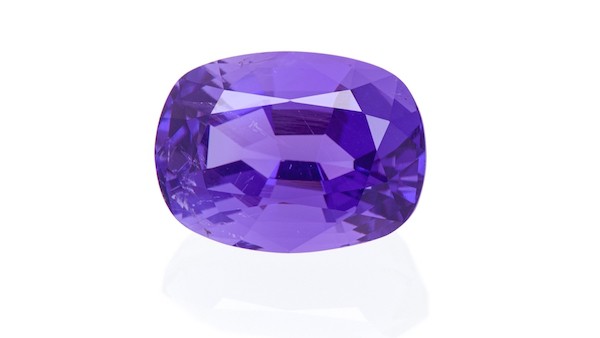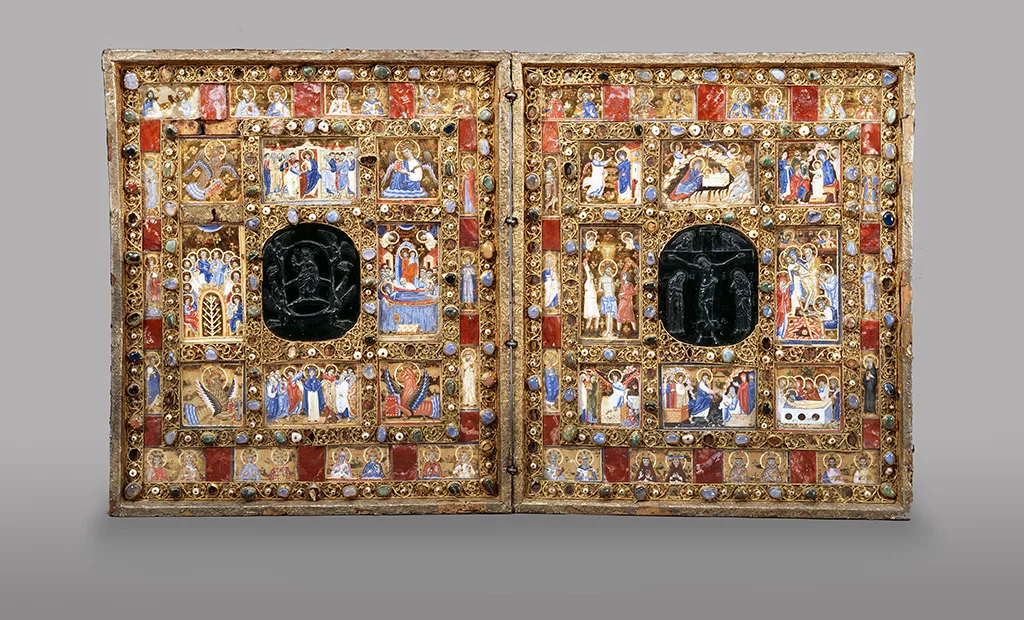Orange sodalite from Afghanistan
Sodalite, a complex tectosilicate with the ideal formula Na8Al6Si6O24Cl2 is known in the trade mostly as dark blue ornamental material, often as translucent to nearly opaque beads and cabochons, but in rare cases also as transparent faceted stones.
Afghanite from Badakhshan in Afghanistan
Afghanistan is known since ancient times as source of exceptional gems, namely lapis lazuli, tourmalines, beryls, rubies and spinel (Bowersox & Chamberlin 1995). Apart from these rather classic gemstones, Afghanistan is also source for numerous rare collector minerals, such as väyrynenite, triplite, bastnäs
Anthill garnets from Arizona
Any gem hunter will tell you that collecting minerals from the soil is a hard job, especially if done in a remote place with rather dry and hot climate conditions and hard rocky soil. So, why not have small and hard-working animals such as ants do the work for you?
‘Thirsty’ opal
Opal can be a very attractive and colourful gemstone. However, some opals, and especially certain samples from Ethiopia (but also from other sources) may show hydrophilic properties, thus absorb and release liquids (mostly water or even humidity in the air) to some extent.
Phase transformations as important markers for heat treatment detection in corundum and other gemstones
Phase transformations as important markers for heat treatment detection in corundum and other gemstones. IGC 2023 Proceedings, 111-113.
Purple to bluish grey chalcedony from Ethiopia
In the past 15 years, Ethiopia has repeatedly gained attention for a variety of new gem finds. In 2008, a large deposit of white play-of-colour opal was found (Rondeau et al., 2010), followed by black opal with play-of-colour in 2013 (Kiefert et al., 2014).
Purple love
It is always a pleasure for our team to analyse gemstones which are not so common, or sometimes even very rare, but which may compete in beauty and quality (but often not in hardness) with the most prestigious classic gemstones.
Dark purple chrysoberyl
Since about three years, we see at SSEF occasionally chrysoberyl samples of very dark purplish to purplish brown colour, sometimes of quite impressive size (>10 ct). Based on chemical composition, these chrysoberyls show distinct concentration of chromium, but no evident change of colour, thus do not fit the cr
The allure of back opals
Opal comes from the Sanskrit upala and the Latin opalus, meaning “precious stone”. The Roman naturalist Pliny the Elder (A.D. 23/24 – 79) wrote that: “In the opal you will see the refulgent fire of the carbuncle (red gems), the glorious purple of amethyst, and the sea green of the emerald, and all these
Gemmological study of the medieval Königsfelder diptychon
In 1298 AD, the king of Hungary Andreas II presented to his wife Queen Agnes a stone-set wooden altar piece as a royal wedding present. This small medieval artwork, known today as the Königsfelder diptychon, was originally made in Venice.









